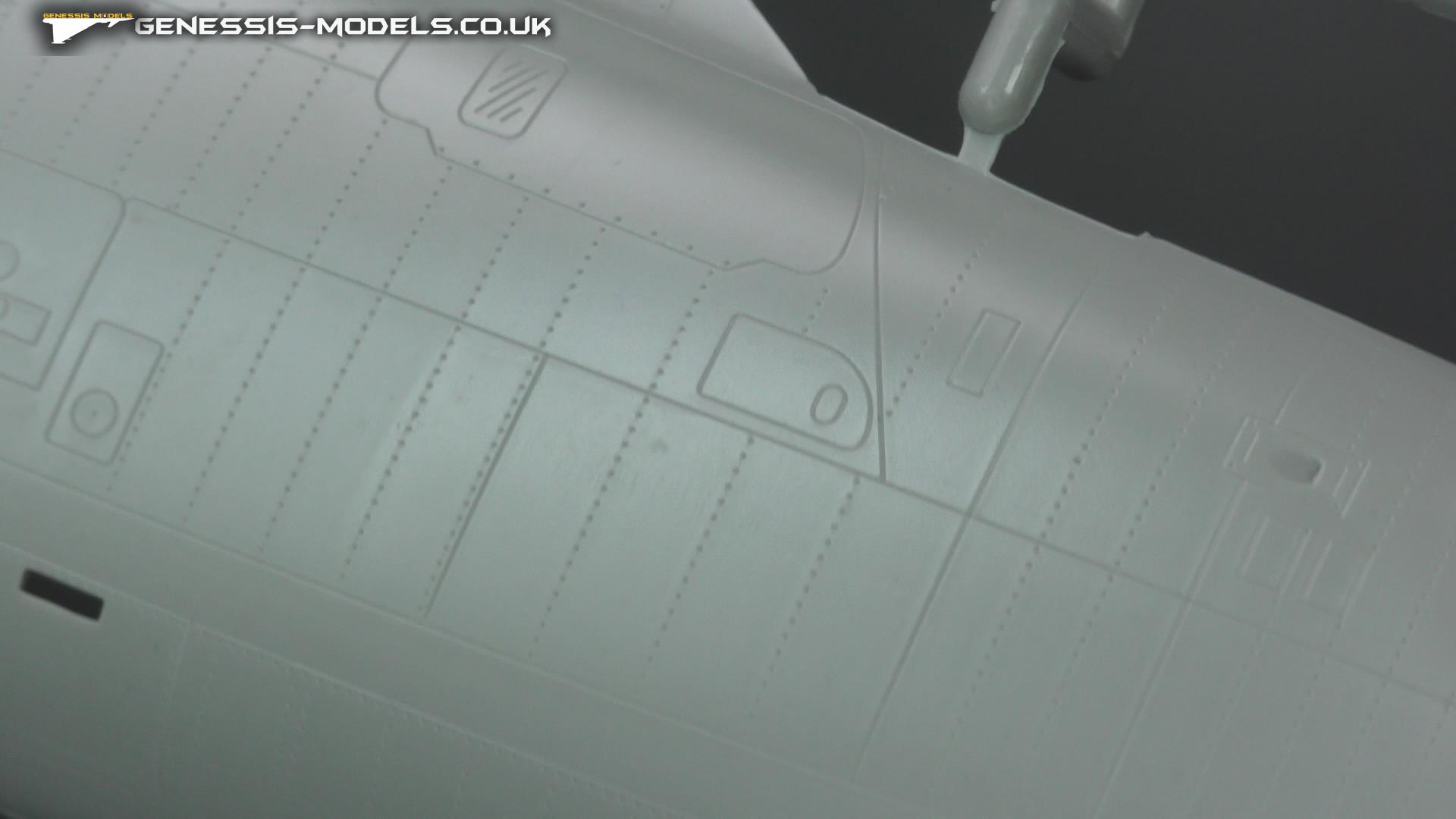BAC English Electric Lightning F.2A/F.6 : Trumpeter : 1/32 Scale : In Box Review

BAC English Electric Lightning F.2A/F.6
- Manufacturer: Trumpeter
- Scale: 1/32
- Box Release Date: 2009
- New Tool Date: 2009
- Presented By: Bobby Waldron
- Marking options: 2
- Model dimension: Length: ??mm Width: ??mm Height: ??mm
- Decals: Trumpeter
- PE parts: No
- Painting mask: No
- Resin parts: No
- Item No: 02281
The English Electric Lightning is a British fighter aircraft that served as an interceptor during the 1960s, the 1970s and into the late 1980s. It was capable of a top speed of above Mach 2. The Lightning was designed, developed, and manufactured by English Electric. After EE merged with other aircraft manufacturers to form the British Aircraft Corporation it was marketed as the BAC Lightning. It was operated by the Royal Air Force (RAF), the Kuwait Air Force (KAF), and the Royal Saudi Air Force (RSAF).
A unique feature of the Lightning’s design is the vertical, staggered configuration of its two Rolls-Royce Avon turbojet engines within the fuselage. The Lightning was designed and developed as an interceptor to defend the airfields of the British “V bomber” strategic nuclear force[4] from attack by anticipated future nuclear-armed supersonic Soviet bombers such as what emerged as the Tupolev Tu-22 “Blinder”, but it was subsequently also required to intercept other bomber aircraft such as the Tupolev Tu-16 (“Badger”) and the Tupolev Tu-95 (“Bear”).
The Lightning has exceptional rate of climb, ceiling, and speed; pilots have described flying it as “being saddled to a skyrocket”.[1] This performance and the initially limited fuel supply meant that its missions are dictated to a high degree by its limited range.[5] Later developments provided greater range and speed along with aerial reconnaissance and ground-attack capability. Overwing fuel tank fittings were installed in the F6 variant and gave an extended range, but limited maximum speed to a reported 1,000 miles per hour (1,600 km/h).[6]
Following retirement by the RAF on 30 April 1988,[3] many of the remaining aircraft became museum exhibits. Until 2009, three Lightnings were kept flying at Thunder City in Cape Town, South Africa. In September 2008, the Institution of Mechanical Engineers conferred on the Lightning its Engineering Heritage Award at a ceremony at BAE Systems (the successor to BAC) Warton Aerodrome.[7]








